The processing method used can influence the nutritional value of the black soldier fly larvae meals tested
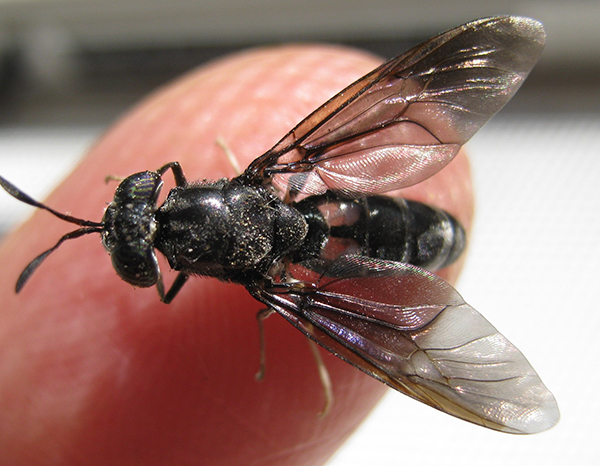
Black soldier fly (Hermetia illucens) larvae (BSFL) have emerged as one of the more environmentally sustainable ingredients for aquafeeds.
BSFL meal contains a high level of protein, with the amino acid profile similar to fishmeal and other nutrients that make it a well-balanced feed. H. illucens is widely distributed in warm and temperate regions and is a potential protein source. It has a short life cycle, is easy to breed and grow and does not require feeding at certain stages of its lifecycle. BSFL can be reared on a wide variety of organic waste materials, a potential approach to reduce waste. Due to their small size, these insects require less space for production. And their associated ammonia emissions during rearing are much lower than from domestic livestock.
A comprehensive biochemical analysis of feedstuffs is important for the assessment of their nutritional value and to inform others. Studies on insect-body composition show large differences between different species. In addition, the nutritional composition of insects can be significantly influenced by the methods of their farming and processing for feed development. Therefore, we believe it was beneficial to investigate the nutritional composition of three different types of BSFL meals available in the local market in Malaysia.
This article – adapted and summarized from the original publication [Nutritional value of black soldier fly (Hermetia illucens) larvae processed by different methods. Sulkifli, N.F.N.M. et al. 2022. PLoS ONE 17(2): e0263924] – reports on a study to investigate the nutritive values of three different types of BSFL.
Study setup
This study was carried out at the Borneo Marine Research Institute, Universiti Malaysia Sabah, Jalan UMS, Kota Kinabalu, Sabah, Malaysia. Three different types of BSFL meals were used in this study. These included spray-dried BSFL (SPR), oven-dried BSFL 1 (OVN1) and oven-dried BSFL 2 (OVN2). BSFL were dried in an oven at 50 degrees-C for 24 to 36 hours until fully dried prior to grinding into powder form; this is referred to as the BSFL meal in our study.
The larvae for the SPR and OVN1 meals were raised with organic agro-industry byproducts, and their meals were procured from a black soldier fly pilot farm located in Kuala Lumpur, Malaysia. The SPR meal was dried by spray-drying and the BSFL was dried using an oven-drying method. The OVN2 meal was obtained from an individual insect breeder in Likas, Sabah, Malaysia. The larvae were fed with food waste and then turned into BSFL powder in the laboratory using an oven-drying method at temperature of 60 degrees-C. The meals were stored at minus-5 degrees-C before all analyses.
We determined the proximate composition [moisture, ash, lipid, protein and carbohydrate contents] and concentrations of amino acids, fatty acids, vitamins, minerals and other nutrients of the larvae meals to understand if these chemical profiles are comparable to fish-based diets and will be able to support growth and health of the fed fish in culture systems.
For detailed information on the BSFL processing methods, chemical and statistical analyses, refer to the original publication.
Black soldier fly larval production in a stacked production system
Results and discussion
Our results showed that the proximate composition of BSFL was significantly influenced by the processing method. The spray-drying method yielded higher protein content than the oven drying method, and a higher lipid level was observed when BSFL was processed with oven drying. Spray drying has been reported to be better than oven drying in terms of efficiency and quality effects as a result of the shorter time required to dry the product. The crude protein contents of SPR and OVN1 were similar to the values reported by other researchers, while the value for OVN2 was lower. It was previously reported that the yield quantity and quality of BSFL protein depend on the stage of development of the insect and also the processing method.
The lipid content of BSFL in this study was higher than the lipid contents of fishmeal and BSFL as reported by other researchers. The developmental stages of the black soldier fly can be one of the factors that affect the lipid composition of their larvae. High lipid composition can be observed in the pre-pupa stage of the insect due to the metabolic turnover that takes place during the process of metamorphosis. In view of the knowledge gaps in this area and the complexities involved, it is difficult to establish actual mechanisms or to relate the pre-pupal stages to specific processes occurring at these stages of transformation.
In addition to their developmental stages, feed consumed by the insects is another important factor that can influence the biochemical composition of the larvae. In our study, the larvae from SPR and OVN1 were fed with organic, agro-industrial byproducts while OVN2 larvae were fed with kitchen and food waste. The high lipid content of the OVN2 resulted from the food waste that usually contains large amounts of fat, and the use of food waste as a sole source of feed may not be the best substrate for insects that will be used as aquaculture feed, because lipids are susceptible to degradation.
The highest fiber concentration was observed in the SPR, followed by the OVN1 and the OVN2. The fiber content in insects depends on the stage of lifecycle. As the larvae progress towards the pre-pupa stage and eventually the pupation stage, chitin [complex sugar, main component of insect and crustacean exoskeletons] content starts to increase, which will influence digestibility. Other authors have emphasized the importance of optimizing the amount of chitin in the feed based on the ability of the cultured animals to digest this substance.
In terms of amino acids, SPR had a slightly better profile compared to OVN1 and OVN2. Generally, the amino acid profile of the three BSFL was quite similar to that of fishmeal, considered the protein with the best amino acid profile for fish nutrition. The amino acid composition of BSFL in our study was similar to those reported by other studies, including essential amino acids.
Insects such as the black soldier fly can be interesting candidates in terms of the nutritional contents of several minerals. However, vitamin A was not detected in the tested BSFL, as some insects are not the best source of this vitamin. Vitamins are needed in small quantities in most animal feeds, as they assist in the maintenance of various metabolic and physiological functions. Both B1 (thiamine) and B2 (riboflavin) vitamins were found in our OVN 1 and OVN2 BSFL samples. Other insect species are also known to contain these B-complex vitamins. We also found vitamin C in all our BSFL samples (0.19 to 0.37 mg per 100 grams). The presence of this vitamin in the BSFL is important to support the normal growth performance and feed utilization of farmed animals.
The mineral composition of fly larvae is strongly influenced by the type of processing methods and variations in the diets used. In our study, OVN1 BSFL had a higher concentration of minerals and lower amounts of heavy metals than SPR and OVN2. Suitable food substrates should be considered to obtain the desirable nutritional content of BSFL meals.
Insects such as H. illucens are also a good source of nucleotides, natural biochemical substances that can be obtained from high protein feeds and are among the taste substances that have been commonly used as feeding stimulant in animal feeds. To the best of our knowledge, this is the first report that presents the concentration of nucleotides in the BSFL, as feed ingredients are not routinely analyzed for their concentration of nucleotides. Based on these results, the concentration of most nucleotides found in this study is much higher than the concentration of nucleotides reported for several other feed ingredients, including fishmeal. The quantitative differences noticed in the nucleotide components were evident, but how these differences contribute to the total nucleotide content of the feeds remains unclear.
A growing number of publications are highlighting the importance of the nutrient profiles in BSFL. Thus, BSFL meal – especially the OVN2 BSFL – that contains a high concentration of nucleotides can be recommended as a high-potential protein source for aquafeeds.
Perspectives
Based on our results, we conclude that BSFL has an adequate nutritional profile in terms of proximate composition, amino acids, fatty acids, vitamins, minerals and nucleotides. However, the high lipid concentration influenced by the substrate will limit the use of BSFL in the diet formulation.
The feed processing methods affect the nutritional value of insect-based aquaculture feeds. To improve the omega-3 fatty acids in the BSFL, supplementing the feed with high levels of these nutrients from sources such as fish offal can be considered. Nevertheless, a better option is to explore the potential of BSFL in converting food waste into high-quality protein. This will require research to determine the appropriate growth substrates that strongly influence the nutritional value of insect meal to support protein enrichment of BSFL with a balanced amino acid profile and managing the lipid range. The versatility and ability of BSFL to change its amino acid and fatty acid composition in response to growth media offers a significant advantage over other more conventional aquafeed ingredients.
The presence of B-complex vitamins and several minerals that are critically important for growth and metabolism of fed species supports increasing the proportion of BSFL in aquafeeds. The amounts of these substances can be modulated by changing the insect growth medium during rearing and selecting the feed production methods through follow-up investigations.
Significant quantities of nucleotides in BSFL should change the outlook towards these nutrients that are largely ignored in feed formulation despite their being the building blocks of nucleic acids. Because fish cannot synthesize the amounts of nucleotides that the body needs, these can be supplemented through diets including significant BSFL.
Further research is needed on quality and quantity of BSFL inclusion and digestibility, to enhance the contribution of insect meals to aquafeed sustainability. This study should motivate more interest in future research for better understanding the role of nucleotides in metabolism, feed efficiency, protein biosynthesis and growth, and enhancing the stamina and resilience of the cultured species.
Now that you've reached the end of the article ...
… please consider supporting GSA’s mission to advance responsible seafood practices through education, advocacy and third-party assurances. The Advocate aims to document the evolution of responsible seafood practices and share the expansive knowledge of our vast network of contributors.
By becoming a Global Seafood Alliance member, you’re ensuring that all of the pre-competitive work we do through member benefits, resources and events can continue. Individual membership costs just $50 a year.
Not a GSA member? Join us.
Authors
-
Nor Fatin Najihah Mohamad Zulkifli
Ph.D. candidate
Borneo Marine Research Institute, Universiti Malaysia Sabah, Jalan UMS, Kota Kinabalu, Sabah, Malaysia -
Annita Yong Seok-Kian, Ph.D.
Borneo Marine Research Institute, Universiti Malaysia Sabah, Jalan UMS, Kota Kinabalu, Sabah, Malaysia
-
Lim Leong Seng, Ph.D.
Borneo Marine Research Institute, Universiti Malaysia Sabah, Jalan UMS, Kota Kinabalu, Sabah, Malaysia
-
Saleem Mustafa, Ph.D.
Borneo Marine Research Institute, Universiti Malaysia Sabah, Jalan UMS, Kota Kinabalu, Sabah, Malaysia
-
Yang-Su Kim, Ph.D.
Borneo Marine Research Institute, Universiti Malaysia Sabah, Jalan UMS, Kota Kinabalu, Sabah, Malaysia
-
Rossita Shapawi, Ph.D.
Corresponding author
Borneo Marine Research Institute, Universiti Malaysia Sabah, Jalan UMS, Kota Kinabalu, Sabah, Malaysia[121,109,46,117,100,101,46,115,109,117,64,97,116,105,115,115,111,114]
Tagged With
Related Posts
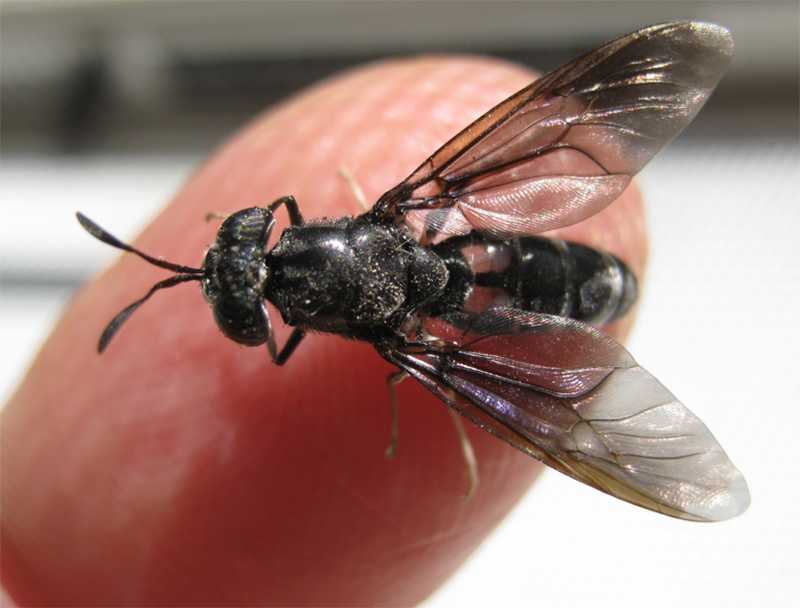
Health & Welfare
Dietary evaluation of black soldier fly larvae meal on growth and health of Pacific white shrimp
Inclusion of black soldier fly larvae meal, to replace fishmeal in L. vannamei diets, improves shrimp health and disease resistance.
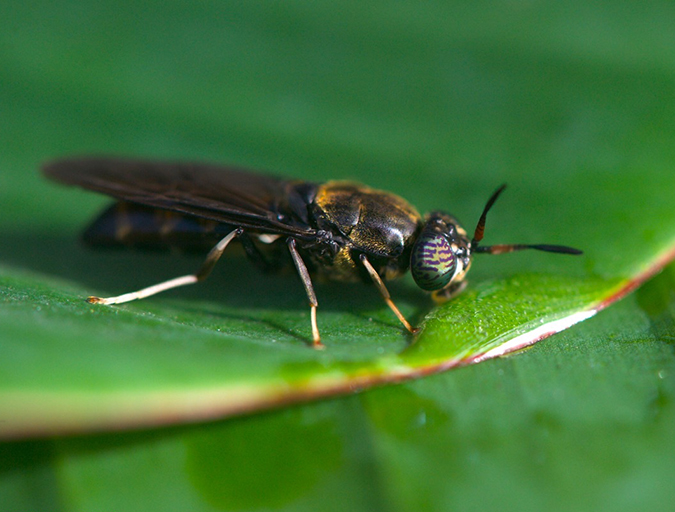
Aquafeeds
Buggin’ out: Tapping the potential of insect meal in aquaculture
Black soldier flies are gaining interest as a leading alternative ingredient in aquafeeds. But will the “ick” factor be a turn-off? Advocate contributor Clare Leschin-Hoar investigates.
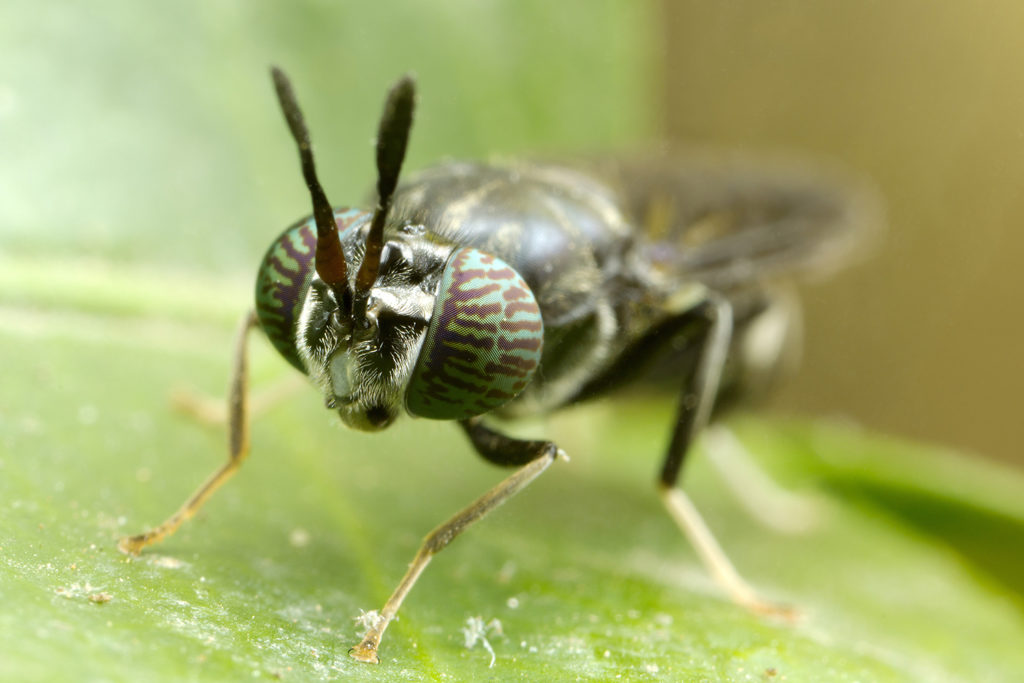
Aquafeeds
Fly guys: Canada opens the door for insect-based feed companies
The sci-fi flick “The Fly” warned about mixing flies and technology, but high-tech black soldier fly farmers are seizing a real opportunity in aquaculture.
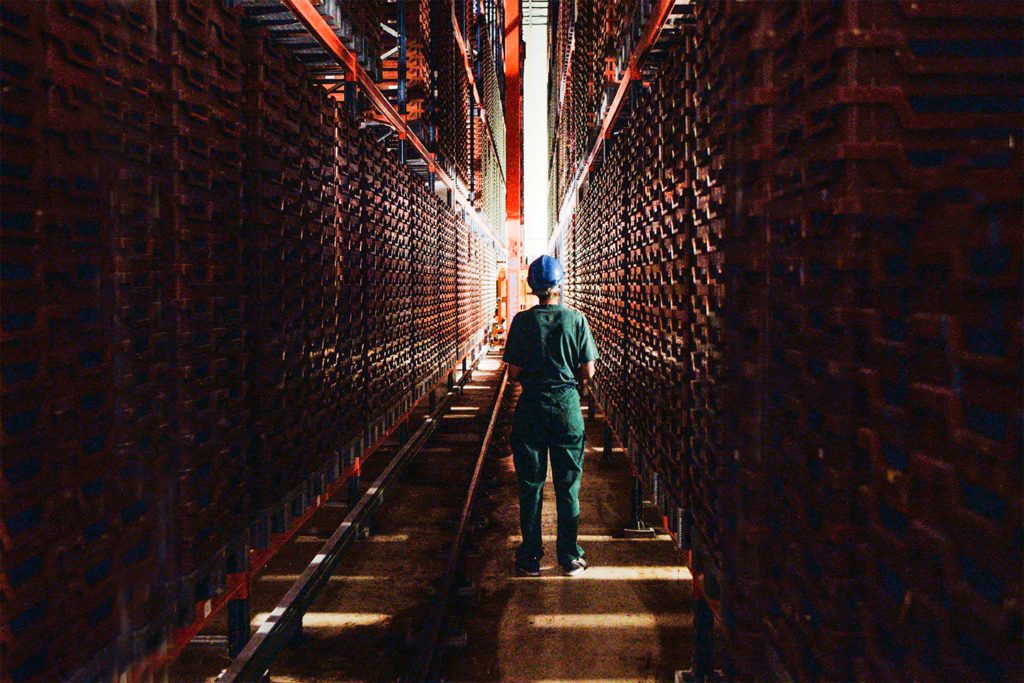
Aquafeeds
France has become innovation nation for insect production
With a thriving insect industry in France, new opportunities are emerging to advance aquaculture feeds and mitigate environmental challenges.



